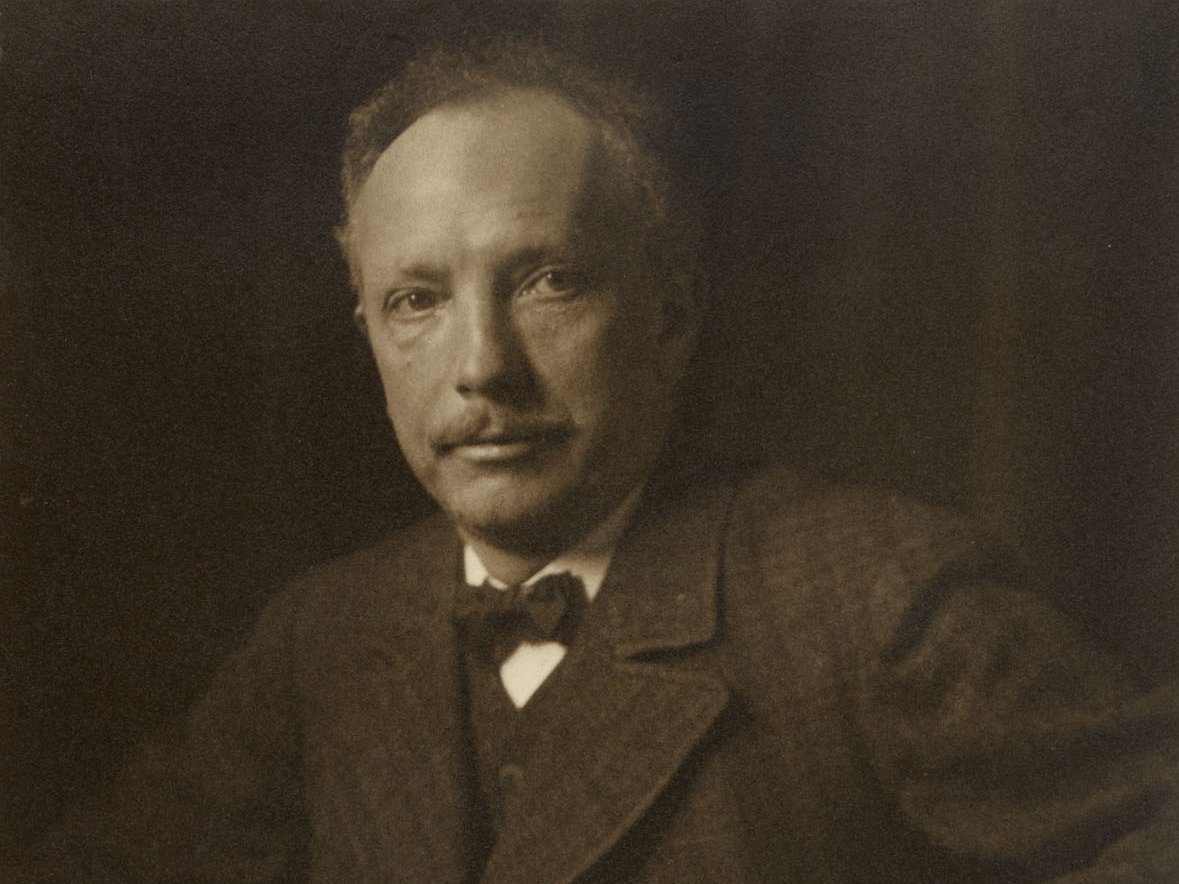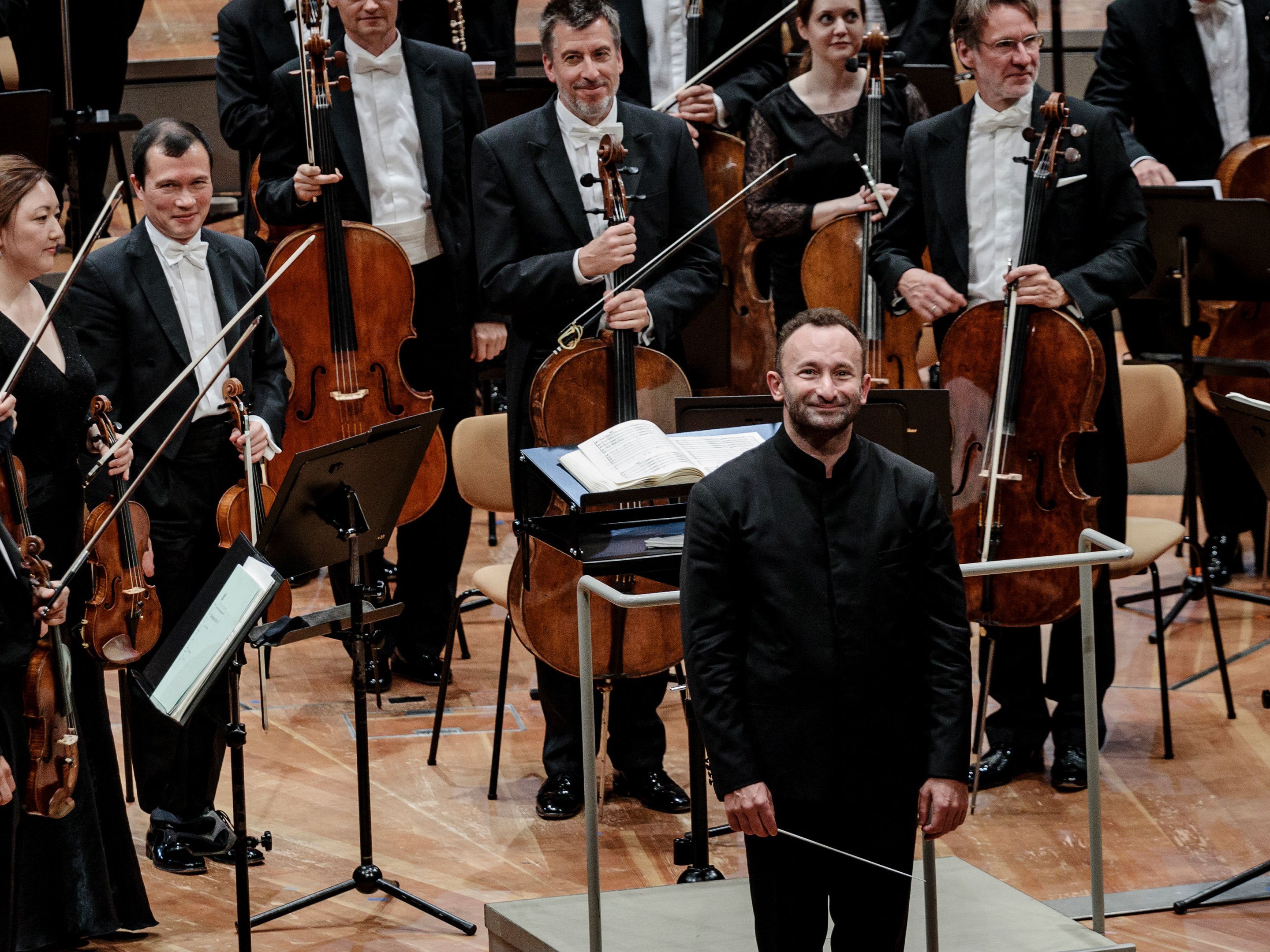- Introduction

Capriccio, the final opera by the then seventy-eight-year-old Richard Strauss, received its world premiere in Munich’s National Theatre on 28 October 1942. Within a year the theatre had been reduced to rubble. This was the house in whose orchestra Strauss’s father, Franz, had played the horn for more than forty years and where Strauss himself had been introduced to the world of opera at a very early age.
A few laconic lines to his sister, written down with some difficulty shortly afterwards, reflect the dismay that Strauss felt at this turn of events, while suggesting that no one could have predicted how Germany’s war of conquest and annihilation waged against half the world was bound to end: “Garmisch, immediately after the destruction of the Court Theatre. Dear Hanna, many thanks for your kind letter. I can’t write any more today. I’m beside myself with grief. Best wishes, Richard.”
This shocking news forced Strauss to draw the most bitter conclusions: “My life’s work has come to an end with Capriccio and the music that I am cobbling together for posterity and tossing off just to keep my hand in has no significance at all in terms of the history of music.”
But Strauss was to refute this claim with a significant threnody that he went on to write and which, notable for its symbolism and its philosophical depth, is an atmospherically dark and plaintive piece: his Metamorphosen for twenty-three solo strings. Its title derives from the ancient Greek and implies music that transmutes and transmogrifies incessantly.
The melodic, harmonic and rhythmic writing undergoes constant metamorphoses as its lines, overlaying one another, create an unceasing river of sound. Playing with the subtlest of tone colours, the piece constitutes the composer’s epitaph to German culture and ends with a quotation from the Funeral March from Beethoven’s “Eroica” Symphony, beneath which Strauss added two words on the final page of his autograph score: “In memoriam!”
His work on the piece lasted from September 1944 to April 1945 and was interrupted by reports of one catastrophe after another: the Berlin State Opera, where he had worked as Kapellmeister to the Prussian court and as general music director, the Dresden State Opera, where most of his music dramas had been premiered, and finally the Vienna State Opera were all destroyed in bombing raids, the victims of the continuing war.
Concert excerpt: Richard Strauss’ »Metamorphosen«
Described as a “Study for Twenty-Three Solo Strings”, Metamorphosen owed its existence, at least superficially, to a commission that Strauss received in August 1944 from the Swiss conductor Paul Sacher, who wanted a piece lasting about half an hour for the strings of the Collegium Musicum of Zurich. A sketch for the Metamorphosen includes the heading “Mourning for Munich”, allowing us to speculate that Strauss had recourse to older ideas dating back to the weeks after the Munich Opera had been bombed in October 1943. According to the composer himself, the “Eroica” quotation at the end of the work was a later addition to the score and emerged only while Strauss was working on it.

Richard Strauss – a hero?
In »Ein Heldenleben« – A Hero’s Life – Strauss portrayed no one but himself. What was so heroic about him, however, the composer did not reveal.

Richard Strauss and the Berliner Philharmoniker
On the first visit, the orchestra did not leave a good impression with Richard Strauss – they were to change that completely.

Kirill Petrenko conducts Strauss’ “Metamorphosen”
Enjoy the whole piece with the Berliner Philharmoniker in the Digital Concert Hall!